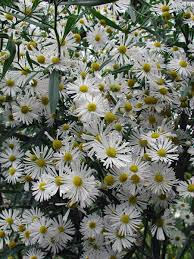
*Boltonia
asteroides. Thousand-flowered
aster. From July to
September this tall (3-5’) aster produces many tiny white flowers
attractive to
pollinators. The mass of bloom is breathtaking. Good for full sun to
part
shade, moist soil and rain gardens.
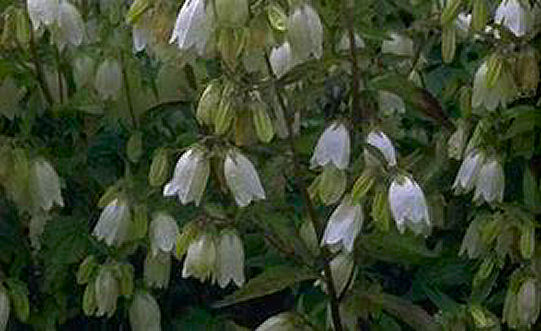
Campanula
punctata alba.
Spotted bellflower. The white hanging
bells are not spotted, so why the name? Forms a clump 15” tall with a
similar
spread. In summer dozens of white bells dance in the breeze. Easy to
grow and
likes sun or part shade. Deer avoid it.
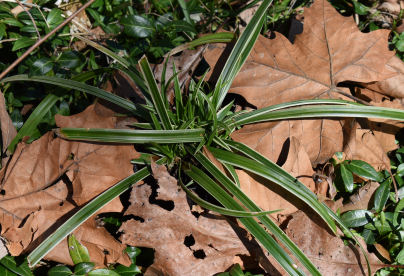
Carex
morrowii ‘Ice Dance’. Japanese
sedge. The perfect ground
cover to bring light into the woodland garden. Forms mats of
while-edged leaves
even in dry shade. Evergreen foliage 1-1.5’ high; spreads by rhizomes.
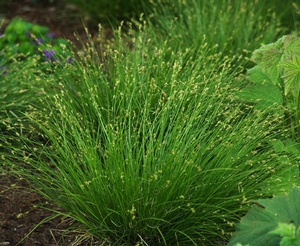
*Carex
appalachica.
Appalachian sedge. Tiny grass-like
foliage on a clump forming sedge. 6” tall, elegant and cute. Excellent
for dry
shade.
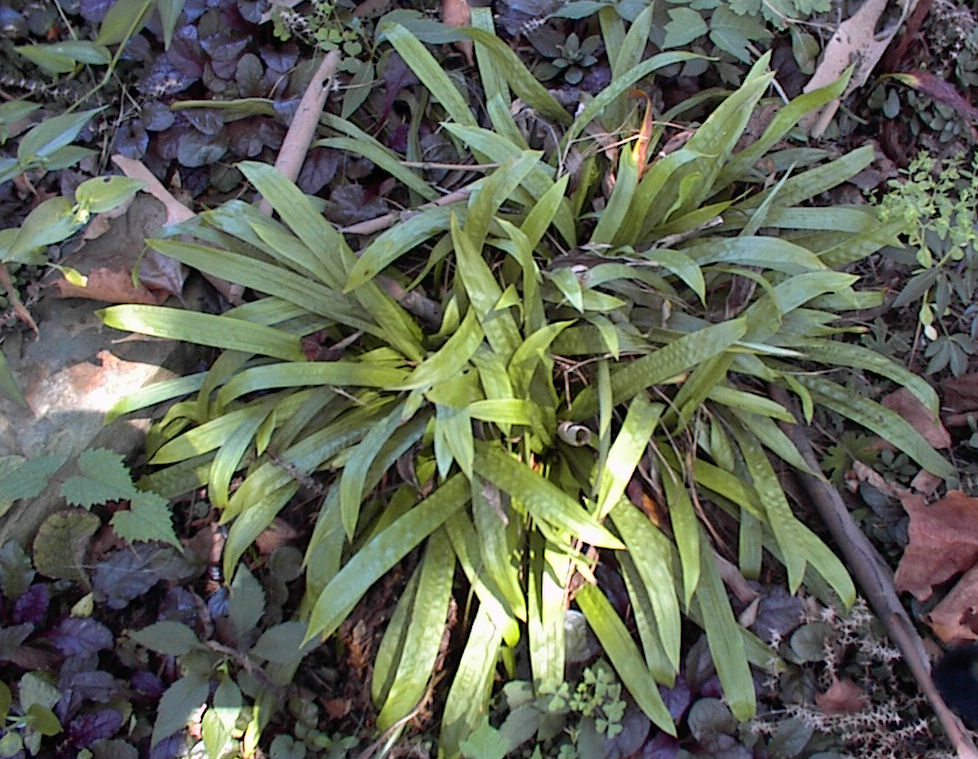
*Carex
plantaginea. Seersucker
sedge. Deep green
semi-evergreen foliage 6-12” with a distinct crinkled surface. A native
answer
to hosta. For dry shade to part shade.
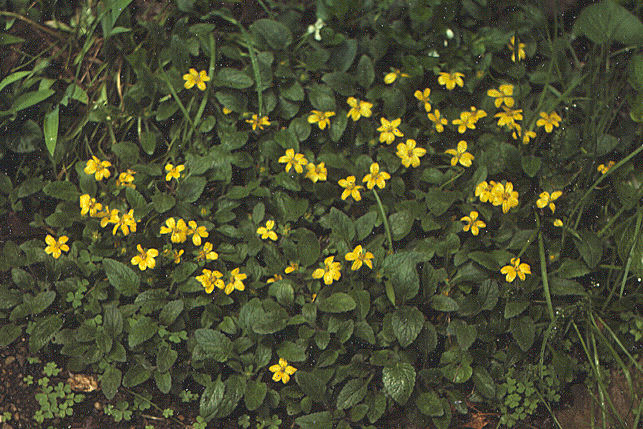
*Chrysogonum
virginianum. Green-and-gold.
Why is this plant so
underused? Low growing groundcover for dry shade with bright yellow
blossoms
spring into the summer. Easy to propagate by division of rooted stems.
3-6”
tall in bloom.
*Conoclinium
coelestinum.
Blue mist flower, hardy ageratum.This
late summer blooming composite grows 2’ in full sun and dry conditions.
Spreads
by underground runners to form colonies.
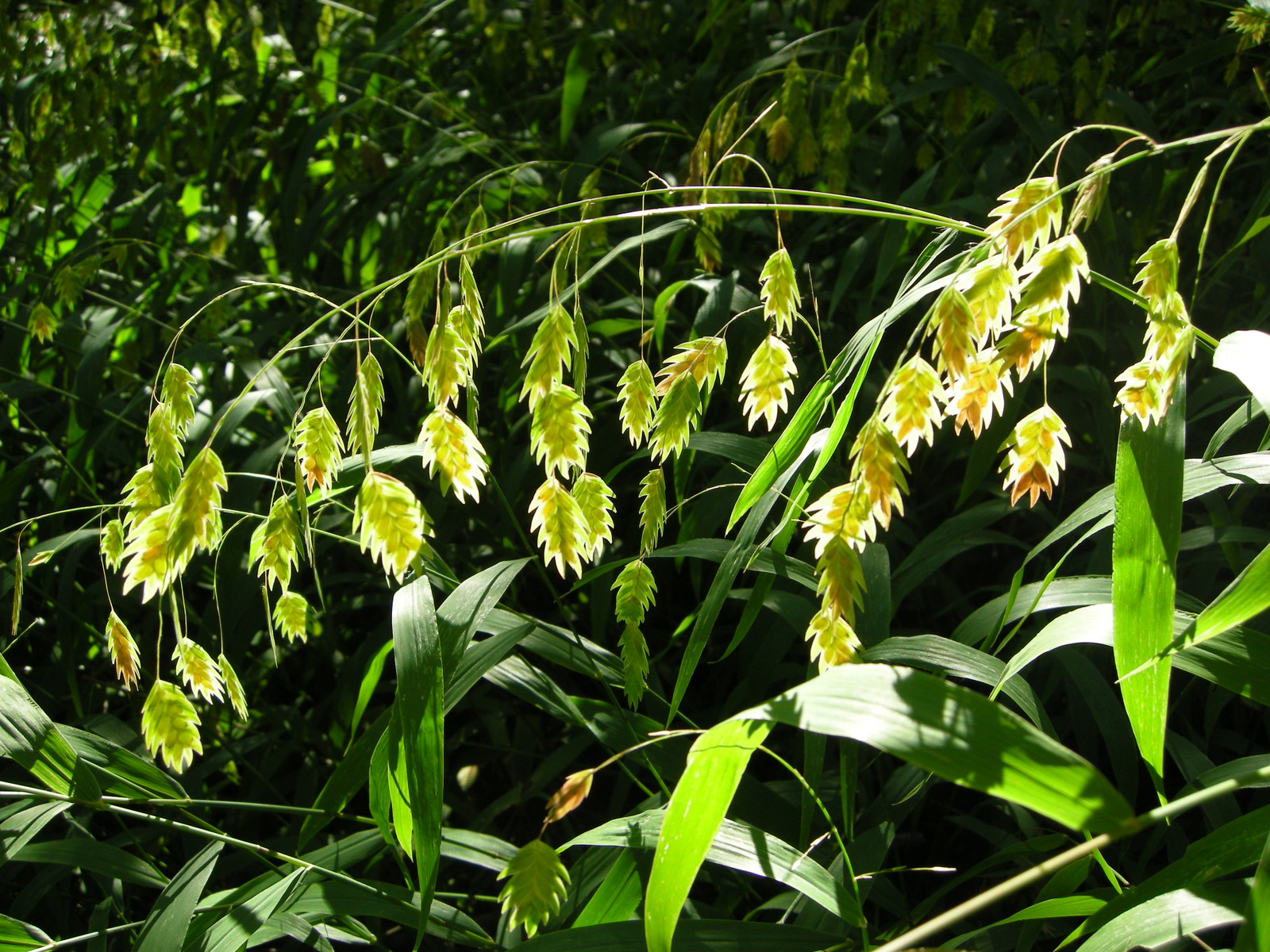
*Chasmanthium
latifolium.
Northern sea oats Attractive oat-like seed heads
sway on this cool-season grass. 3-4’ tall, green-tan seeds in July and
August.
Easy from seed or divisions of the fibrous roots.
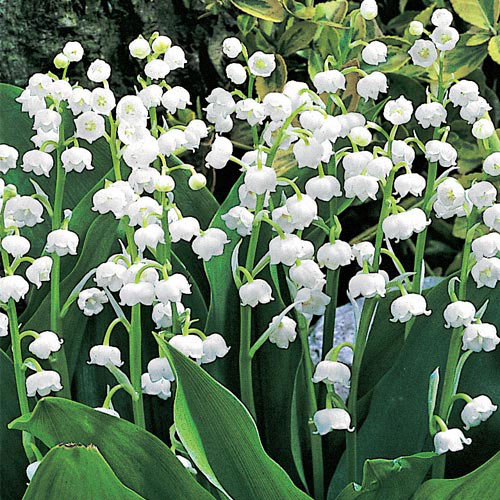
Convallaria
majalis.
Lily of the valley. Why do we list what is a
common, easy plant that everybody already has? It’s one we like, it’s
fragrant,
it blooms for Mother’s Day and it likes dry shade. 6-12”. Just in case
you
don’t have it. Can be forced to bloom in about 21 days at any time of
the year.
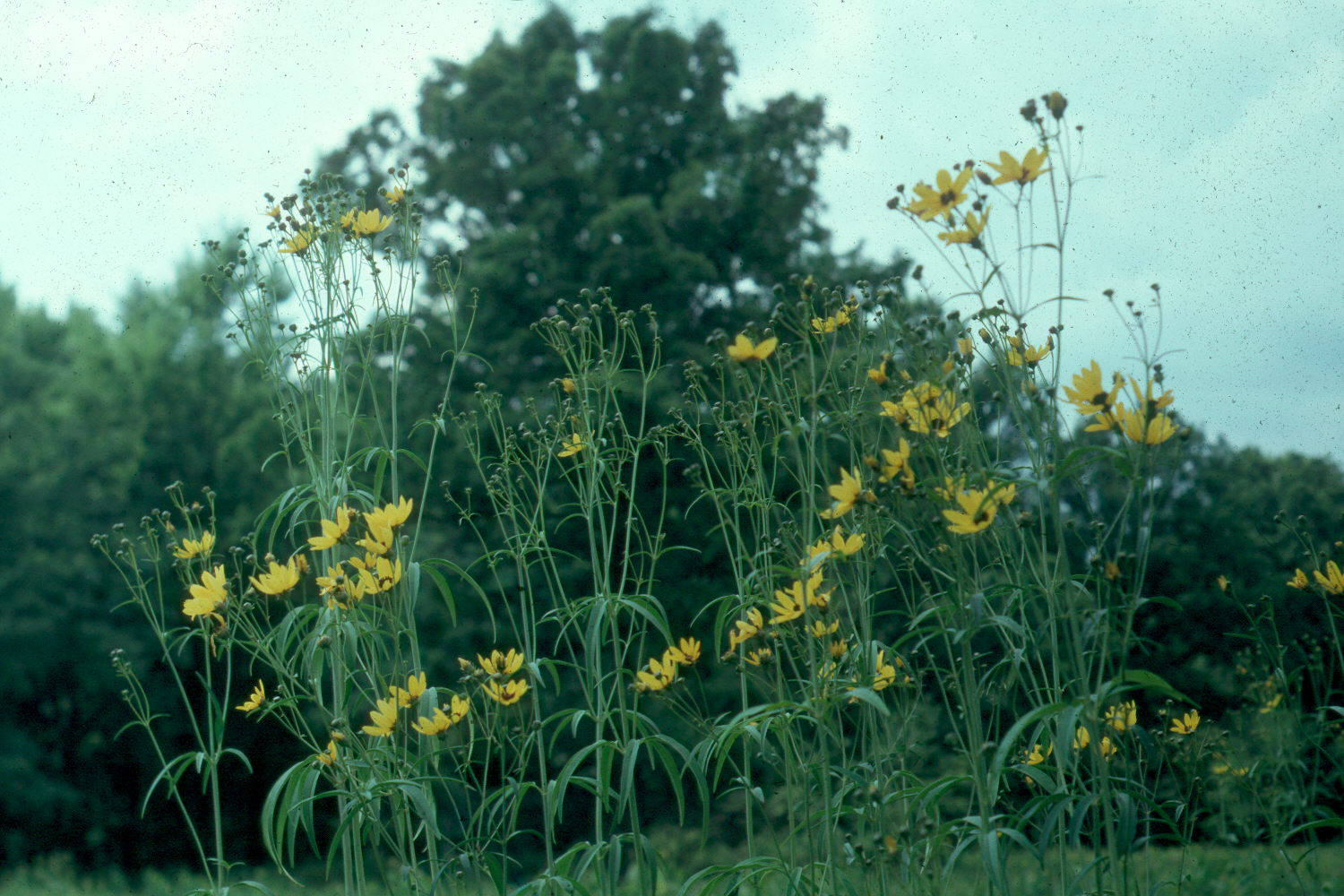
*Coreopsis
tripteris.
Tall coreopsis. Dozens of yellow daisy flowers on
plants 4-7’ tall. Yes, feet.
But
in a tall meadow it’s very showy.
Blooms August to October in full sun and good for dry conditions. From
seeds or
divisions.
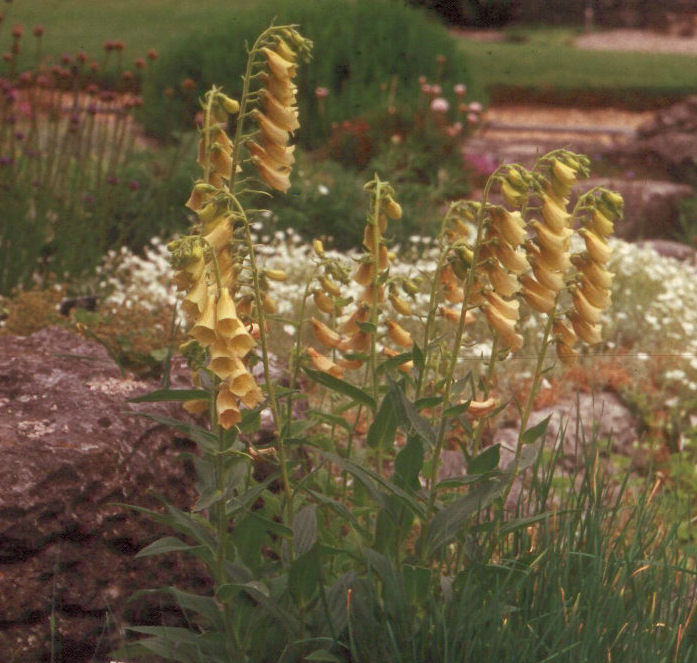
Digitalis
grandiflora.
Large yellow foxglove. Perennial,
unlike the pink one, this 2-3’ early summer-blooming plant is
unattractive to
deer because of the cardiac glycosides which make the whole plant
poisonous
(but only if you eat it). Dry shade and part sun make it easy. Will
self seed
unless deadheaded. Evergreen basal foliage. D.
lutea, the smaller version of the above, is just as beautiful
but the flowers are smaller and the plant is shorter. Gorgeous winter
basal
foliage is deep maroon.
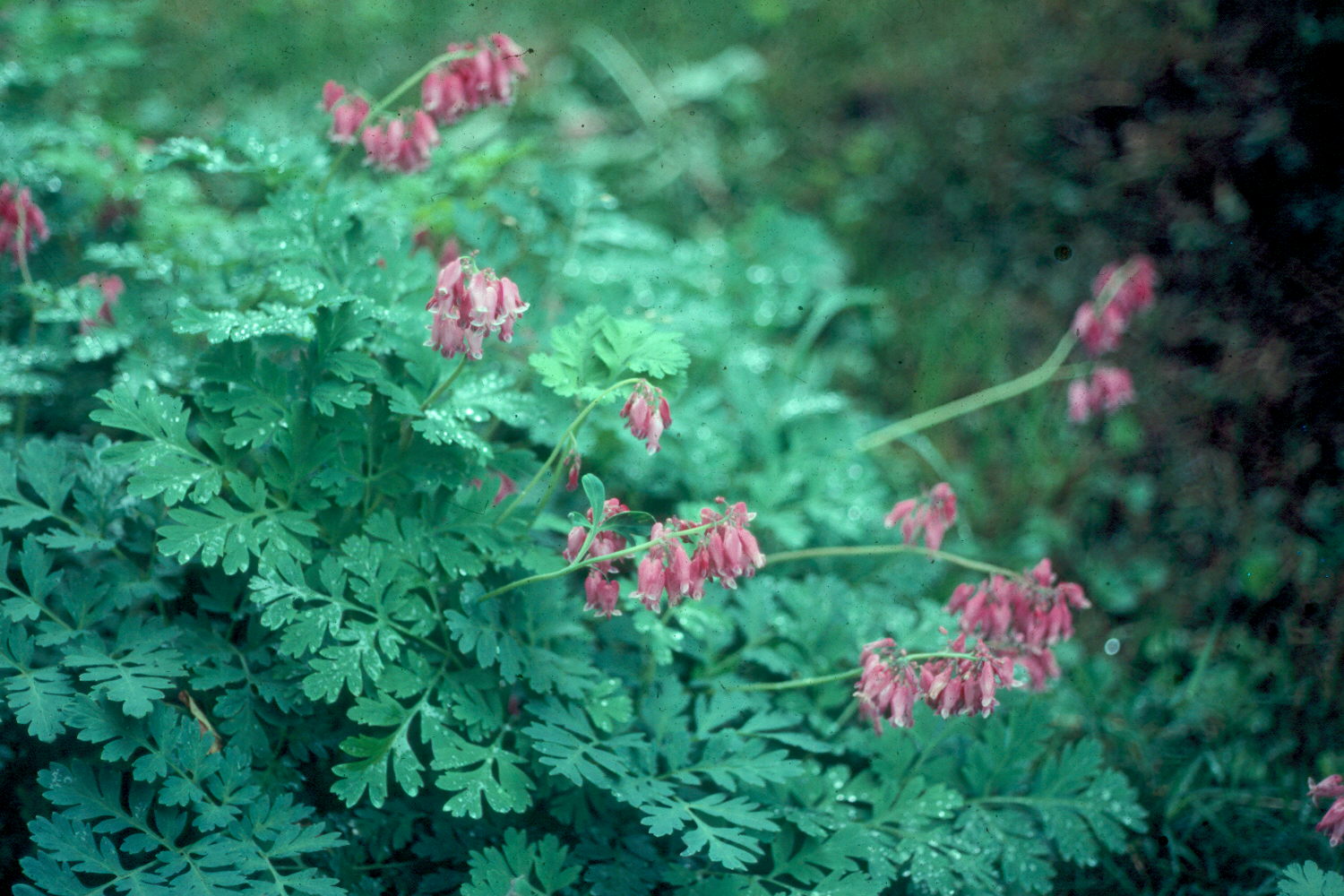
*Dicentra
formosa.
Western bleeding heart. This easy woodland
perennial runs to form a patch and makes a groundcover of the ferny
foliage.
Pink flowers on 16” stems in early summer. Dry shade or medium moist,
spreads
also by seeds.
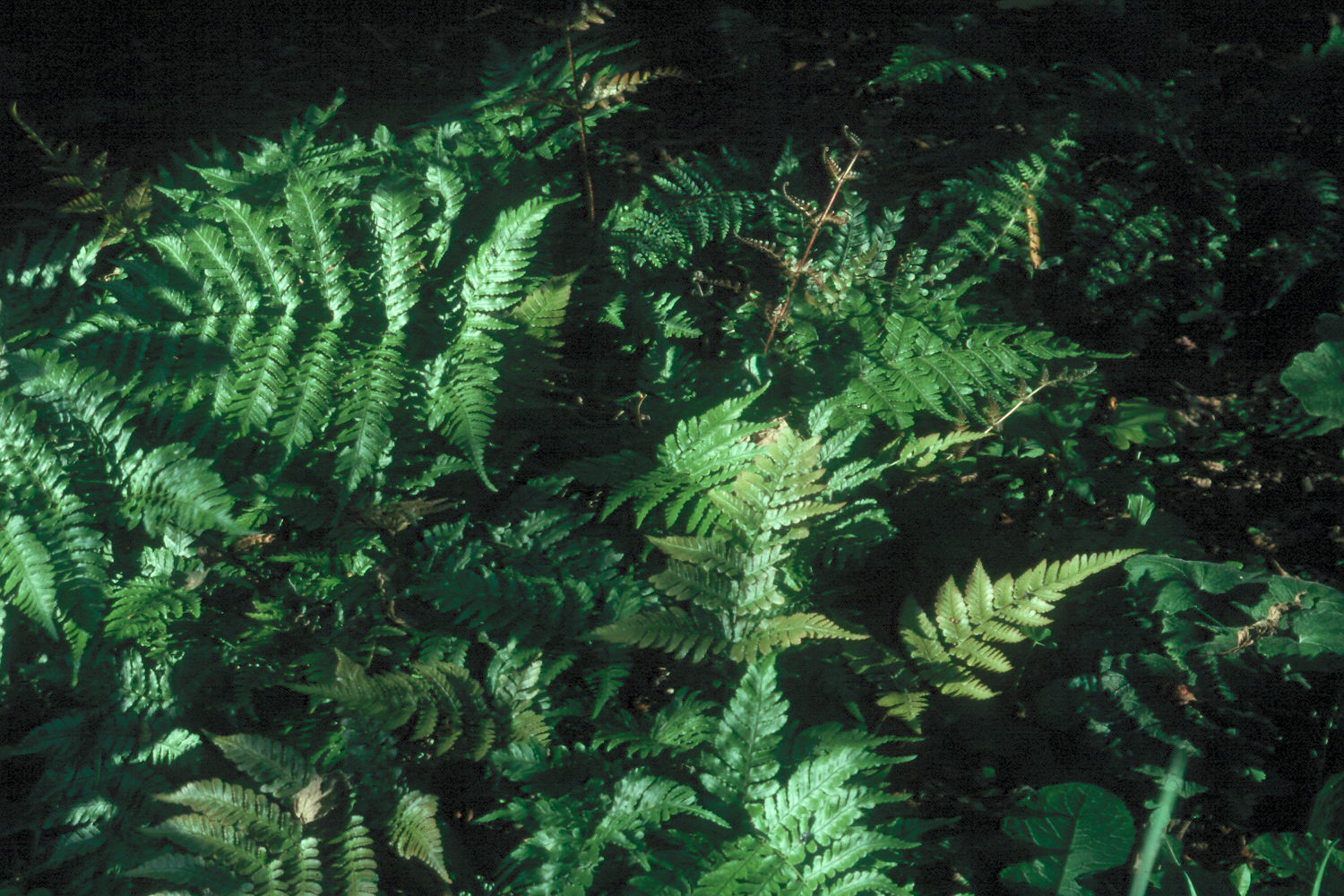
Dryopteris
erythrosora.
Autumn fern. Named for the emerging
foliage of amber and gold, the autumn fern likes dry shade and will
grow to 3’
and spread. Deer resistant and persistent, can be divided in early
spring.
Spreads by spores.